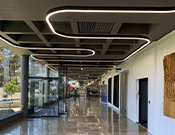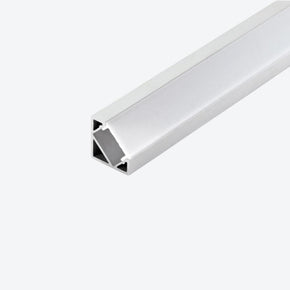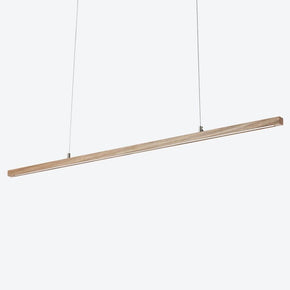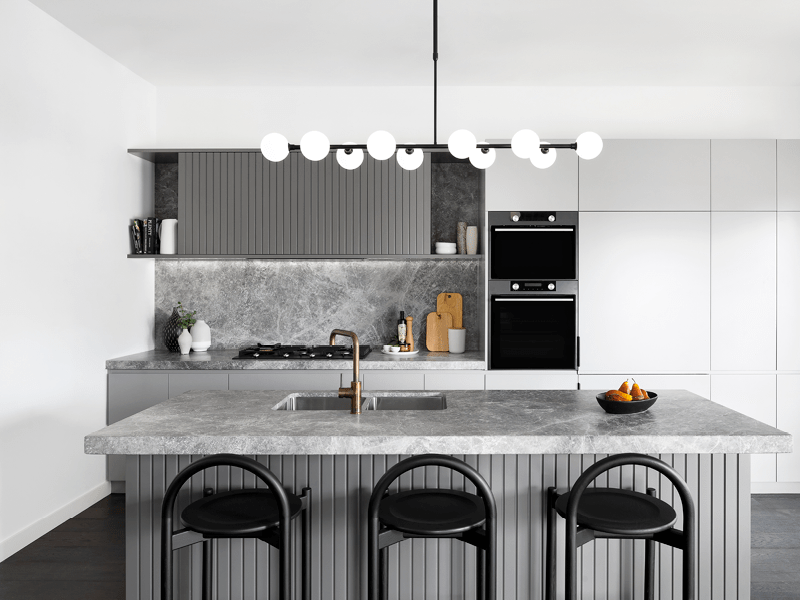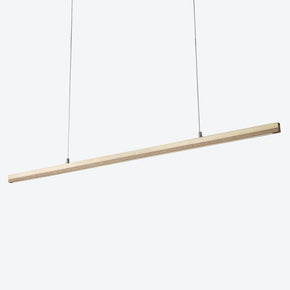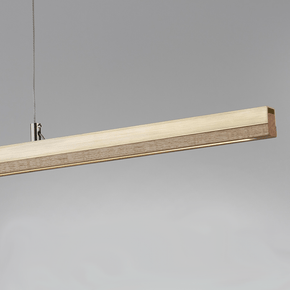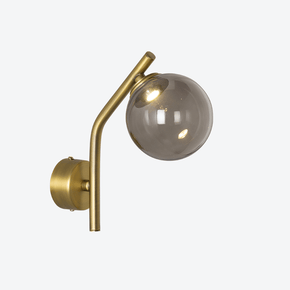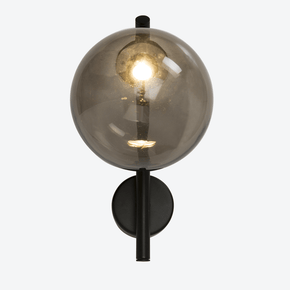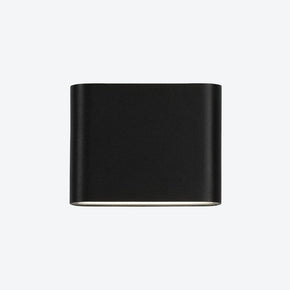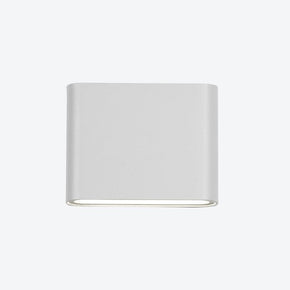- No products in the cart.
- ``
How long do LEDs last?
20
Sep
In recent years, many have switched from old incandescent or halogen bulbs to LED, with one main reason being the longer lifespan of this technology.
The average lifespan of an LED light is a whopping 50,000 hours, whereas many traditional bulbs only last a few thousand. Hooray to not having to constantly replace your bulbs - not only will it save you time, it also works out to be a much cheaper option in the long run.
That being said, even LED lights wear out over time. We call this process “lumen degradation” or “led degradation”.
The difference between traditional and LED bulbs
To understand why LEDs degrade, we first must understand the technology behind how they work. To light up a traditional bulb, the filament is heated in order to produce light. Over time, this filament gets hotter, weaker and eventually burns out.
LEDs, however, do not contain a filament and instead illuminate using a semiconductor. So instead of just instantly burning out like traditional bulbs, LED lights age over time and progressively get dimmer until they stop working altogether. This is what we call “lumen degradation” or “LED degradation”.

Shop: Ilka linear pendant light
Why do LED lights get dimmer over time?

Shop: Toledo Opal pendant light
The term degradation in relation to LEDs refers to the decrease in luminous power over the course of the LED’s life.
Degradation is like an ageing process in which the LED becomes dimmer and darker over its life cycle. In the US, LEDs are often given an L70 rating. This rating describes the time it takes for lumen output to drop below 70%. Although other ratings like L50, L80 and L90 can also be used, L70 is the most common as this is when the brightness of the light becomes markedly different. Once the LED lumen output has dropped below 70%, it will still emit light, but it may no longer be fit for purpose.
Lumen degradation is not a linear measure. Degradation may start slowly, but then accelerate after it drops below the 70% threshold.
How to prolong the life of your LEDs

Shop: Fade LED wall light
Although all LED lights will get weaker over time, there are several factors that can cause them to degrade faster. Protecting LED lights from certain adverse conditions can help you maximize their lifespan. Below are some tips on how you can take care of your LED lights.
1. Ensure a stable and dry environment
It’s important that LED lights are kept within a stable and dry environment. Even when the lights are not operating, vibration and temperature extremes can put mechanical pressure on the diode, which can reduce the lifetime of the LED light.
2. Keep them cool
This is one of the most important factors for ensuring the LED lasts - avoiding excessive heat, as overheating can impact the electronic components inside.
3. Clean them regularly
Despite the longer lifespans of LED lights, they still require regular maintenance. Remove dust and debris from lighting units to avoid build up, which can cause shortages.
4. Never overdrive the LED
Over driving an LED light will inevitably reduce its life expectancy despite increasing the overall light output. LEDs are designed to sustain a specific current. Exceeding that current will age the LED.
Over driving the LED light will make your light brighter, however, it also means your light will degrade faster. This is because as you increase power to the LED chip, more energy is lost as heat increases in the circuit. And as heat rises, it needs more electricity flowing amidst the circuit to create the power required for more illumination.
Got more questions about LEDs?
LED lights are one of today’s most energy-efficient and rapidly evolving lighting technologies. But it’s important to take proper care of them to ensure they last. If you need more advice on how to take care of your LED lights, or you want help choosing the right LED lighting solution for your space, get in touch with the About Space team. We’d be more than happy to answer any questions.






